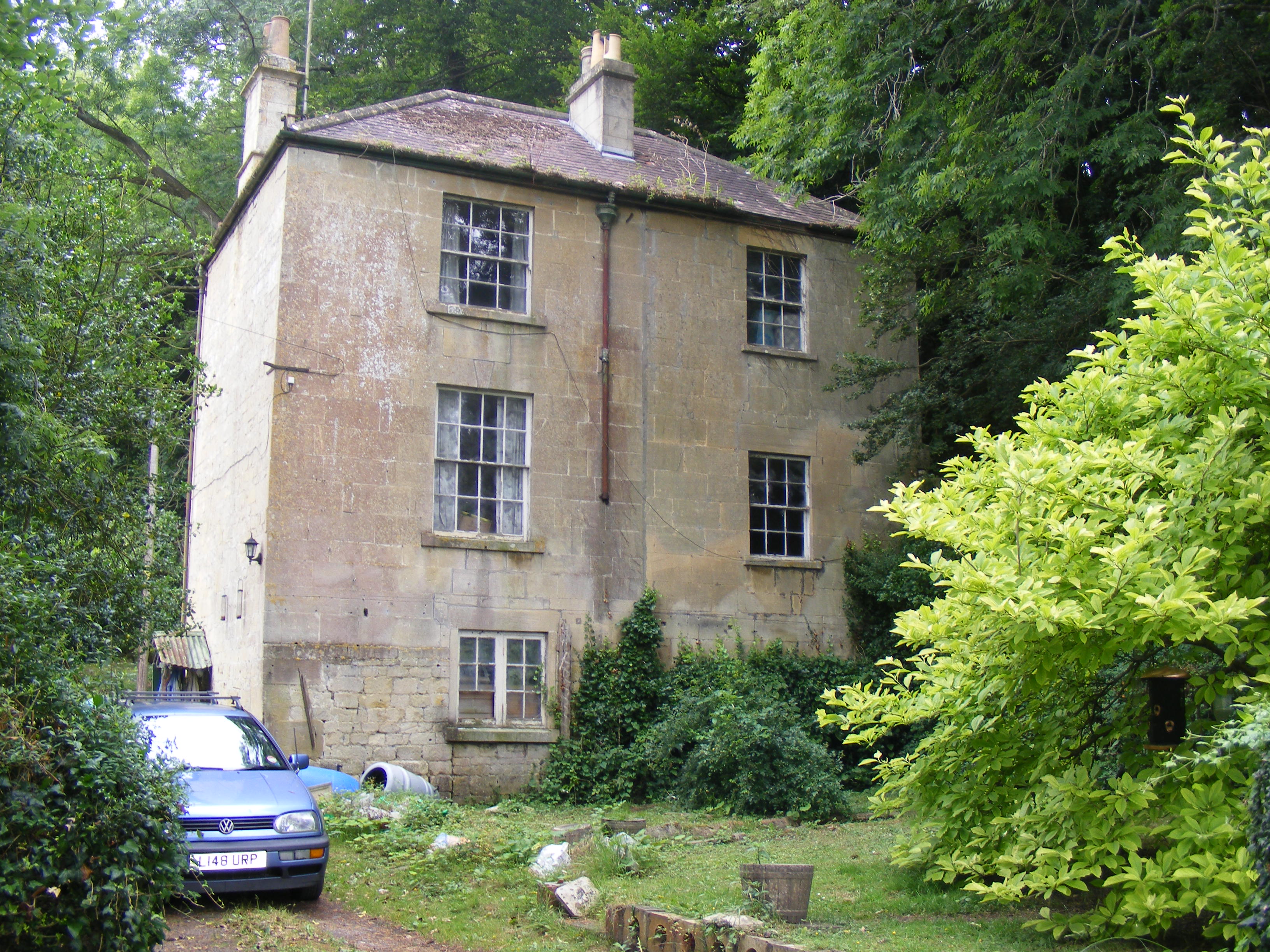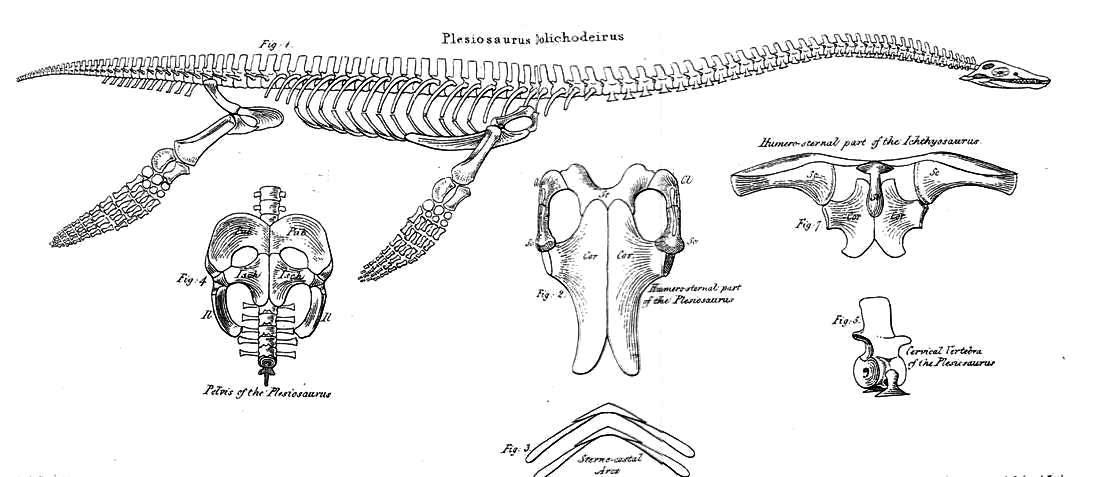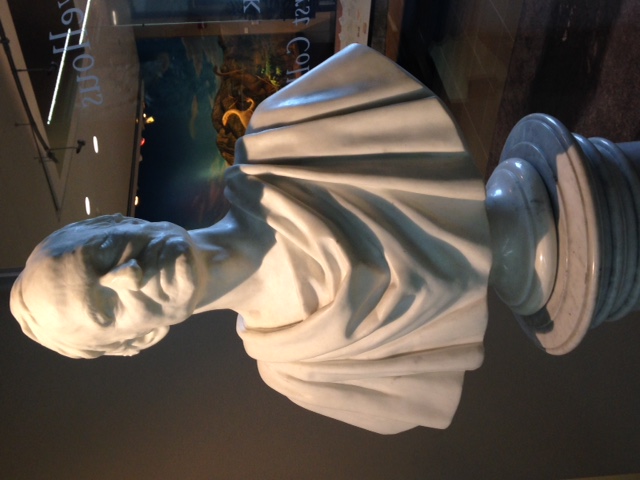|
Scriptural Geologist
Scriptural geologists (or Mosaic geologists) were a heterogeneous group of writers in the early nineteenth century, who claimed "the primacy of literalistic biblical exegesis" and a short Young Earth time-scale. Their views were marginalised and ignored by the scientific community of their time. They "had much the same relationship to 'philosophical' (or scientific) geologists as their indirect descendants, the twentieth-century creationists." Paul Wood describes them as "mostly Anglican evangelicals" with "no institutional focus and little sense of commonality". They generally lacked any background in geology, and had little influence even in church circles. Background Reason for appearance Up until the end of the 18th century Classical British scholarship was theologically based, using the Bible as a basic source for world history and chronology. Early work in the developing science of geology sought "theories of the Earth" combining mechanical physical laws in the natural philo ... [...More Info...] [...Related Items...] OR: [Wikipedia] [Google] [Baidu] |
Biblical Literalism
Biblical literalism or biblicism is a term used differently by different authors concerning biblical hermeneutics, biblical interpretation. It can equate to the dictionary definition of wikt:literalism, literalism: "adherence to the exact letter or the literal sense", where literal means "in accordance with, involving, or being the primary or strict meaning of the word or words; not figurative or metaphorical". The term can refer to the historical-grammatical method, a hermeneutics, hermeneutic technique that strives to uncover the meaning of the text by taking into account not just the grammatical words, but also the syntactical aspects, the cultural and historical background, and the literary genre. It emphasizes the referential aspect of the words in the text without denying the relevance of literary aspects, genre, or figures of speech within the text (e.g., parable, allegory, simile, or metaphor). It does not necessarily lead to complete agreement upon one single interpretati ... [...More Info...] [...Related Items...] OR: [Wikipedia] [Google] [Baidu] |
William Smith (geologist)
William 'Strata' Smith (23 March 1769 – 28 August 1839) was an English geologist, credited with creating the first detailed, nationwide geological map of any country. At the time his map was first published he was overlooked by the scientific community; his relatively humble education and family connections prevented him from mixing easily in learned society. Financially ruined, Smith spent time in debtors' prison. It was only late in his life that Smith received recognition for his accomplishments, and became known as the "Father of English Geology". Early life Smith was born in the village of Churchill, Oxfordshire, the son of John Smith (1735–1777), the village blacksmith, and his wife Ann (''née'' Smith; 1745–1807). His father died when he was eight years old, and he and his siblings were raised by his uncle, a farmer also named William Smith. Largely self-educated, Smith was intelligent and observant, read widely from an early age, and with an aptitude for mathem ... [...More Info...] [...Related Items...] OR: [Wikipedia] [Google] [Baidu] |
Extinction
Extinction is the termination of a kind of organism or of a group of kinds (taxon), usually a species. The moment of extinction is generally considered to be the death of the last individual of the species, although the capacity to breed and recover may have been lost before this point. Because a species' potential range may be very large, determining this moment is difficult, and is usually done retrospectively. This difficulty leads to phenomena such as Lazarus taxa, where a species presumed extinct abruptly "reappears" (typically in the fossil record) after a period of apparent absence. More than 99% of all species that ever lived on Earth, amounting to over five billion species, are estimated to have died out. It is estimated that there are currently around 8.7 million species of eukaryote globally, and possibly many times more if microorganisms, like bacteria, are included. Notable extinct animal species include non-avian dinosaurs, saber-toothed cats, dodos, m ... [...More Info...] [...Related Items...] OR: [Wikipedia] [Google] [Baidu] |
Georges Cuvier
Jean Léopold Nicolas Frédéric, Baron Cuvier (; 23 August 1769 – 13 May 1832), known as Georges Cuvier, was a French natural history, naturalist and zoology, zoologist, sometimes referred to as the "founding father of paleontology". Cuvier was a major figure in natural sciences research in the early 19th century and was instrumental in establishing the fields of comparative anatomy and paleontology through his work in comparing living animals with fossils. Cuvier's work is considered the foundation of vertebrate paleontology, and he expanded Linnaean taxonomy by grouping classes into phylum, phyla and incorporating both fossils and living species into the classification. Cuvier is also known for establishing extinction as a fact—at the time, extinction was considered by many of Cuvier's contemporaries to be merely controversial speculation. In his ''Essay on the Theory of the Earth'' (1813) Cuvier proposed that now-extinct species had been wiped out by periodic catastrophi ... [...More Info...] [...Related Items...] OR: [Wikipedia] [Google] [Baidu] |
Sharon Turner
Sharon Turner (24 September 1768 – 13 February 1847) was an English historian. Life Turner Was born in Pentonville, the eldest son of William and Ann Turner of Yorkshire, who had settled in London upon marrying.H. R. Loyn,Turner, Sharon (1768–1847), ''Oxford Dictionary of National Biography'', Oxford University Press, September 2004; online edn, May 2009, accessed 14 August 2010. He left school at fifteen to be articled to an attorney in the Temple. On 18 January 1795 he married Mary Watts (''bap.'' 1768, died 1843), with whom he had at least six children. Among these were Sydney, inspector of reformatory schools, and Mary, married to the economist William Ellis. Turner became a solicitor but left the profession after he became interested in the study of Icelandic and Anglo-Saxon literature. He settled himself in Red Lion Square near the British Museum, staying there for sixteen years. When his friend Isaac D'Israeli left the synagogue after a dispute with the rabbi, ... [...More Info...] [...Related Items...] OR: [Wikipedia] [Google] [Baidu] |
Cardinal Wiseman
Nicholas Patrick Stephen Wiseman (3 August 1802 – 15 February 1865) was a Cardinal of the Catholic Church who became the first Archbishop of Westminster upon the re-establishment of the Catholic hierarchy in England and Wales in 1850. Born in Seville to Irish parents, Wiseman was educated at a school in Waterford before attending St. Cuthbert's College at Ushaw. From there he went to the English College in Rome, where he subsequently became Rector. While in Rome, he was assigned to preach to the English Catholics there. As Rector, he was the representative of the English bishops. During a visit to England in 1836, he helped initiate the periodical '' Dublin Review''. In 1840, he was appointed president of Oscott College. Early life Wiseman was born in Seville on 2 February 1802, the younger son of James and Xaviera Strange Wiseman, of Waterford, Ireland, who had settled in Spain for business. On his father's death in 1805, he was brought to his parents' home in Waterford. ... [...More Info...] [...Related Items...] OR: [Wikipedia] [Google] [Baidu] |
William Daniel Conybeare
William Daniel Conybeare FRS (7 June 178712 August 1857), dean of Llandaff, was an English geologist, palaeontologist and clergyman. He is probably best known for his ground-breaking work on fossils and excavation in the 1820s, including important papers for the Geological Society of London on ichthyosaur anatomy and the first published scientific description of a plesiosaur. Life and career Childhood and education He was a grandson of John Conybeare, bishop of Bristol (1692–1755), a notable preacher and divine, and son of Dr William Conybeare, rector of St Botolph-without-Bishopsgate. Born in London, he was educated there at Westminster School, then went in 1805 to Christ Church, Oxford, where in 1808 he took his degree of BA, with a first in classics and second in mathematics, and proceeded to MA three years later. Early career Having entered holy orders he became in 1814 curate of Wardington, near Banbury, and he accepted also a lectureship at Brislington near Brist ... [...More Info...] [...Related Items...] OR: [Wikipedia] [Google] [Baidu] |
Edward Hitchcock
Edward Hitchcock (May 24, 1793 – February 27, 1864) was an American geologist and the third President of Amherst College (1845–1854). Life Born to poor parents, he attended newly founded Deerfield Academy, where he was later principal, from 1815 to 1818. In 1821 he was ordained as a Congregationalist pastor and served as pastor of the Congregational Church in Conway, Massachusetts, 1821–1825. He left the ministry to become Professor of Chemistry and Natural History at Amherst College. He held that post from 1825 to 1845, serving as Professor of Natural Theology and Geology from 1845 until his death in 1864. In 1845, Hitchcock became President of the College, a post he held until 1854. As president, Hitchcock was responsible for Amherst's recovery from severe financial difficulties. He is also credited with developing the college's scientific resources and establishing its reputation for scientific teaching. In addition to his positions at Amherst, Hitchcock was a we ... [...More Info...] [...Related Items...] OR: [Wikipedia] [Google] [Baidu] |
Eugenie Scott
Eugenie Carol Scott (born October 24, 1945) is an American physical anthropologist, a former university professor and educator who has been active in opposing the teaching of young Earth creationism and intelligent design in schools. She coined the term "Gish gallop" to describe a fallacious rhetorical technique which consists in overwhelming an interlocutor with as many individually-weak arguments as possible, in order to prevent rebuttal of the whole argument. From 1986 to 2014, Scott served as the Executive Director of the National Center for Science Education, a nonprofit science education organization supporting teaching of evolutionary science. Since 2013, Scott has been listed on their advisory council. Scott holds a Ph.D. in biological anthropology from the University of Missouri. A biologist, her research has been in human medical anthropology and skeletal biology. Scott serves on the Board of Trustees of Americans United for Separation of Church and State. Scott is a m ... [...More Info...] [...Related Items...] OR: [Wikipedia] [Google] [Baidu] |
Age Of The Earth
The age of Earth is estimated to be 4.54 ± 0.05 billion years This age may represent the age of Earth's accretion, or core formation, or of the material from which Earth formed. This dating is based on evidence from radiometric age-dating of meteorite material and is consistent with the radiometric ages of the oldest-known terrestrial and lunar samples. Following the development of radiometric age-dating in the early 20th century, measurements of lead in uranium-rich minerals showed that some were in excess of a billion years old.For the abstract, see: The oldest such minerals analyzed to date—small crystals of zircon from the Jack Hills of Western Australia—are at least 4.404 billion years old. Calcium–aluminium-rich inclusions—the oldest known solid constituents within meteorites that are formed within the Solar System—are 4.567 billion years old, giving a lower limit for the age of the Solar System. It is hypothesised that the accretion of Earth began soon ... [...More Info...] [...Related Items...] OR: [Wikipedia] [Google] [Baidu] |
Old Earth Creationism
Old Earth creationism (OEC) is an umbrella of theological views encompassing certain varieties of creationism which may or can include day-age creationism, gap creationism, progressive creationism, and sometimes theistic evolutionism. Broadly speaking, OEC usually occupies a middle ground between young Earth creationism (YEC) and theistic evolution (TE). In contrast to YEC, it is typically more compatible with the scientific consensus on the issues of physics, chemistry, geology, and the age of the Earth. However, like YEC and in contrast with TE, some forms of it reject macroevolution, claiming it is biologically untenable and not supported by the fossil record, and the concept of universal descent from a last universal common ancestor. For a long time Evangelical creationists generally subscribed to Old Earth Creationism until 1960 when John C. Whitcomb and Henry M. Morris published the book ''The Genesis Flood'', which caused the Young Earth creationist view to become pro ... [...More Info...] [...Related Items...] OR: [Wikipedia] [Google] [Baidu] |


.jpg)





.jpg)